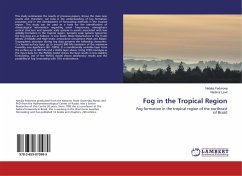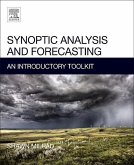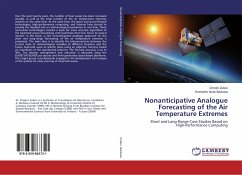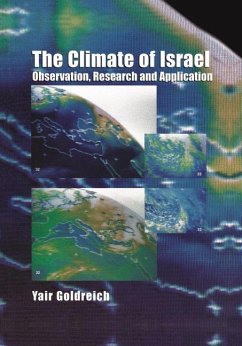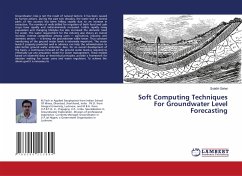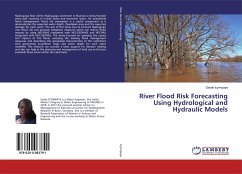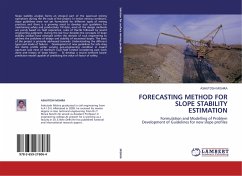This study summarizes the results of previous papers, shows the main new results and, therefore, can help in the understanding of fog formation processes and in the development of forecasting methods in the tropical region. This study can be used as a basis for the identification of climatological information regarding event frequencies, atmospheric vertical structure and synoptic scale systems in events associated with low visibility formation in the tropical region. Synoptic scale systems typical for the fog days are as follows: 1) Low levels: Wave Disturbances in the Trade Winds; 2) Middle and High levels: anticyclonic circulations (High and Ridge). Tropospheric structure during fog days presents the following characters: 1) a humid surface layer up to around 990 hPa (variation of the maximum humidity was significant (69 -100%); 2) a conditionally unstable layer from the surface up to 900 hPa and a stable layer above. Using CFSR reanalysis as the input data for the PAFOG modelshows the best results in low-visibility forecasting. Use of the PAFOG model shows satisfactory results and the possibility of fog forecasting with 18 h antecedence.
Bitte wählen Sie Ihr Anliegen aus.
Rechnungen
Retourenschein anfordern
Bestellstatus
Storno

